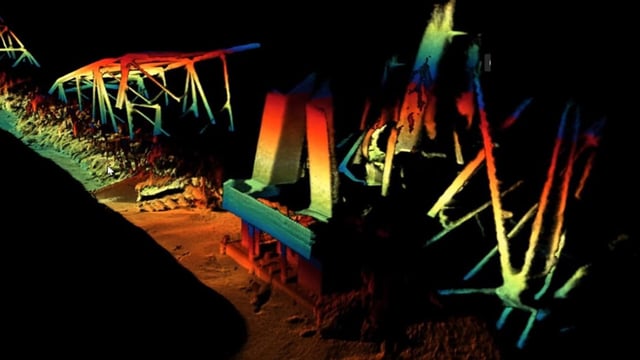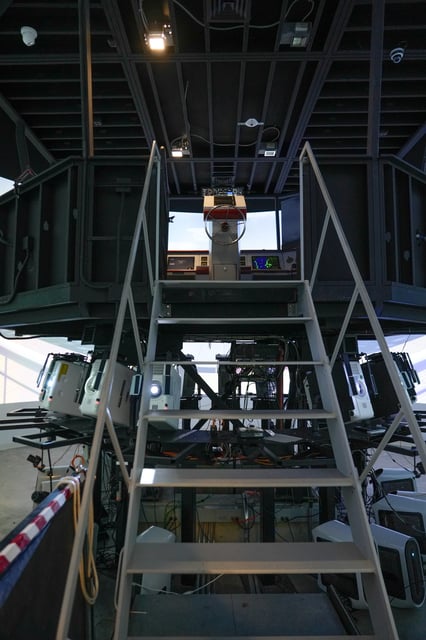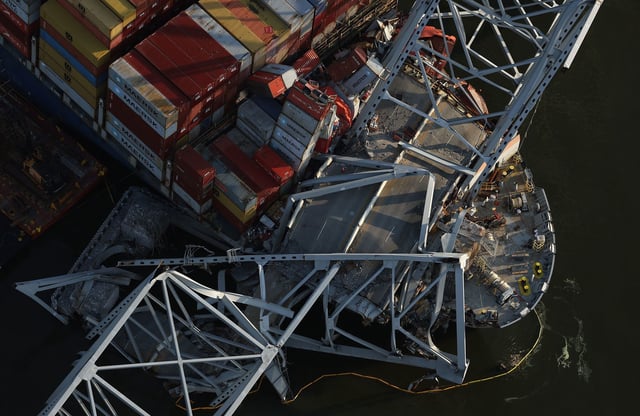Overview
- The collapse of the Francis Scott Key Bridge, caused by the container ship Dali, has raised alarms about potential environmental damage and economic repercussions.
- Environmental tests show no significant contamination so far, but ongoing monitoring remains critical due to the presence of hazardous materials.
- Federal emergency funds for highway repairs are under pressure as Baltimore's needs could deplete resources, prompting calls for increased funding.
- Investigations into frequent ship malfunctions near bridges highlight the need for stricter safety regulations and preparedness.
- Community concerns persist, with residents wary of water safety and the impact of potential sediment disturbances during cleanup.



